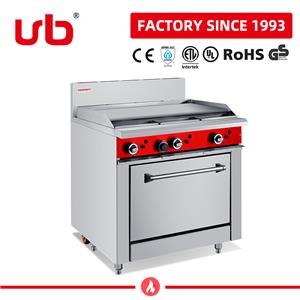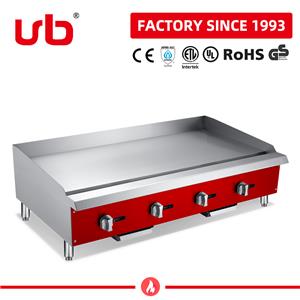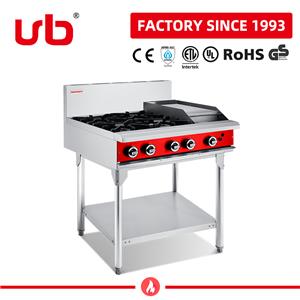How to design the oil fume exhaust for kitchen ventilation engineering?
Due to the high technical content and involvement of various professional technical categories in the design of kitchen smoke exhaust and ventilation systems, the design calculations are complex and closely related to kitchen equipment and environment. The design and construction of kitchen smoke exhaust and ventilation systems are not simple engineering projects, and just looking at drawings is not enough. It is necessary to go to the site to inspect the actual situation and measure in order to design the kitchen system.
01 Design principles
The commercial kitchen smoke exhaust system is a complex and complete design, which includes a series of strict regulations and requirements such as the size of the fan, the advanced level of the smoke hood, the treatment technology of the oil fume, the purification fan at the end, and the supporting fire extinguishing and gas protection. If it is an open kitchen, careful calculation is also required, as excessive exhaust air volume can take away the air conditioning temperature in the restaurant.
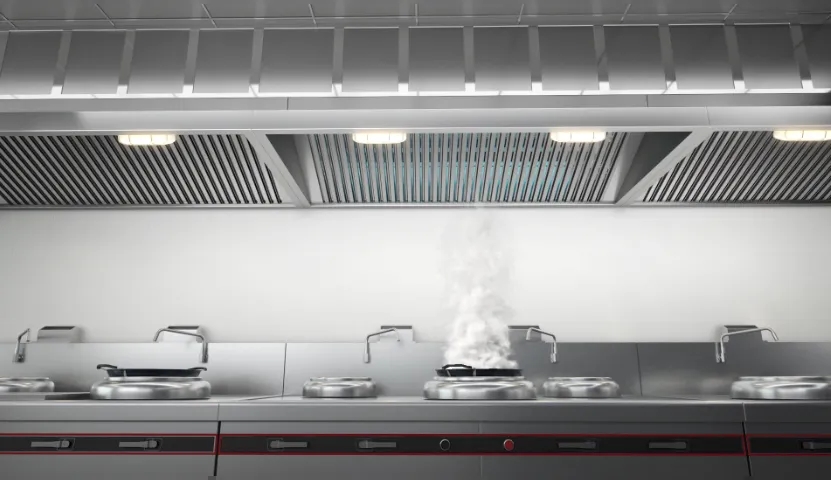
The determination of exhaust volume and the principle of wind speed design consist of two parts: local exhaust volume and comprehensive exhaust volume.
The local exhaust volume should be determined based on the type and quantity of selected stoves and other equipment, as well as the type of smoke extraction and exhaust. This is determined by factors such as the layout plan of the stove and other equipment, the type of smoke hood, the method of removing oil smoke from the centrifugal fan for oil smoke extraction, and the strength of the fan performance generated by the equipment.
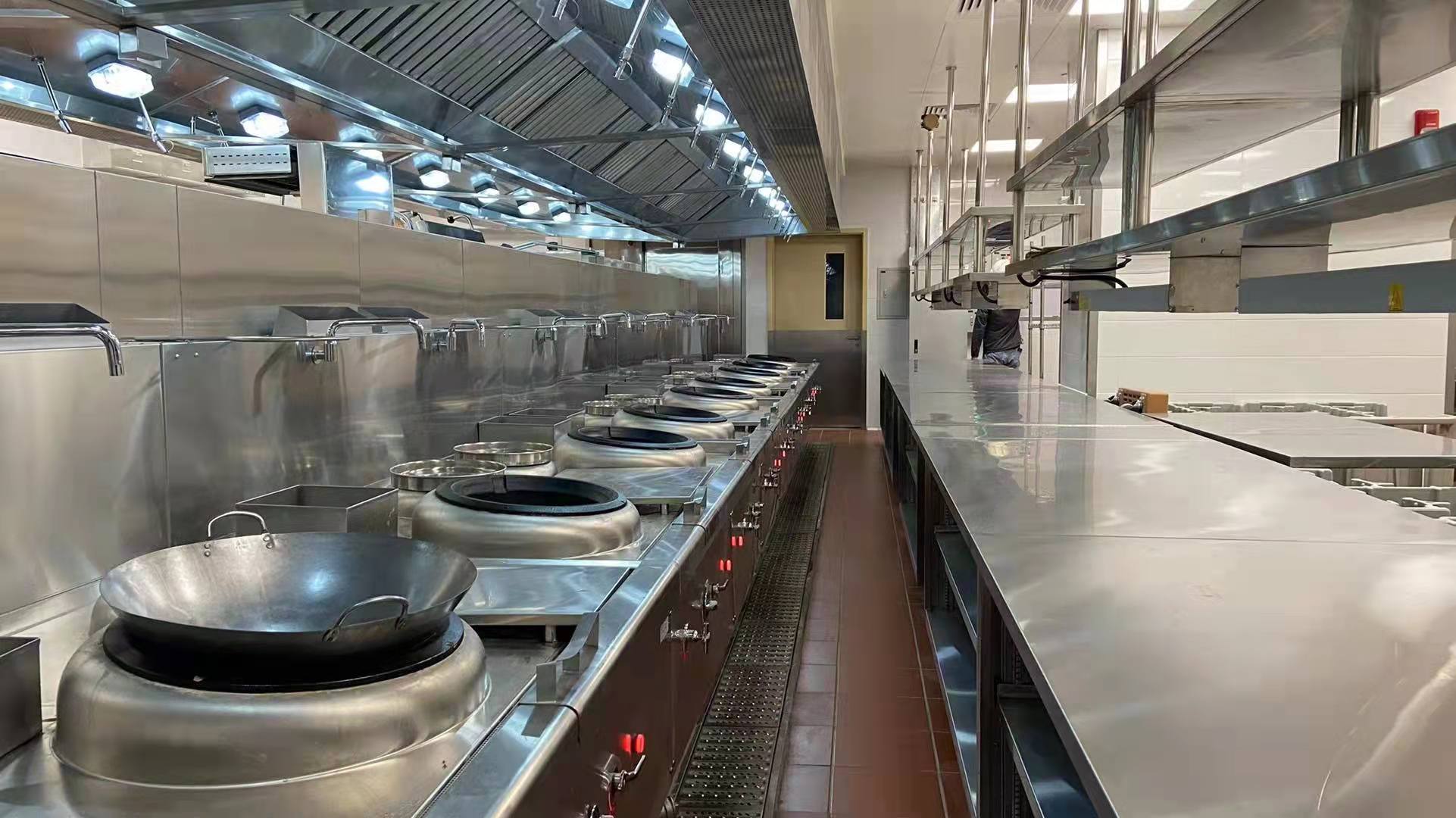
But the ventilation requirements vary among different cuisines, for example, Western kitchens have relatively less oil fume, while Chinese kitchens produce more oil fume
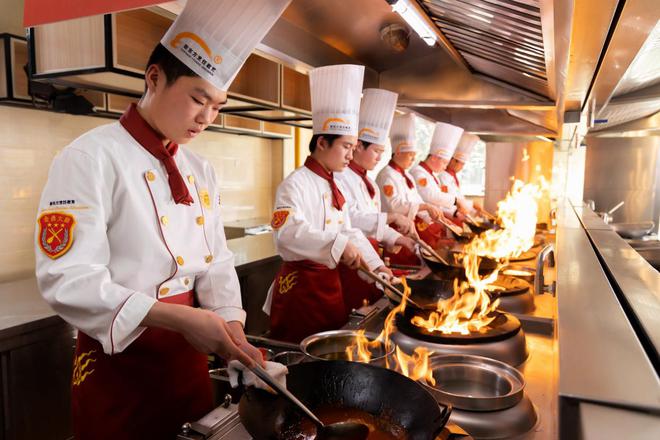
02 Meet regulations
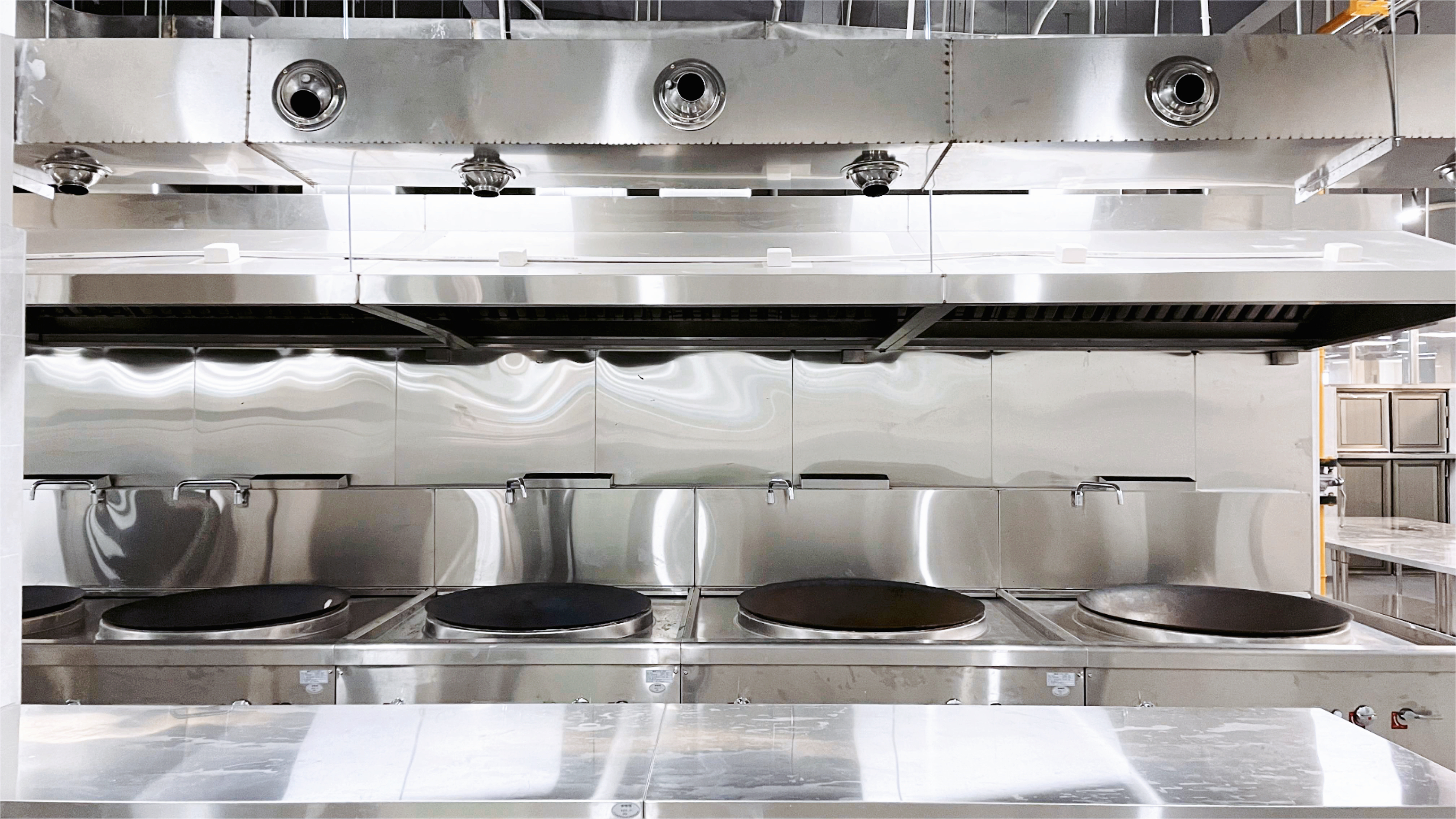
1. Kitchen equipment that generates a large amount of heat and emits a large amount of oil fumes and steam should be equipped with local mechanical ventilation facilities such as exhaust hoods; When natural ventilation cannot meet the requirements in other areas, mechanical ventilation should be installed.
2. The kitchen should maintain negative pressure relative to other areas, and the supplementary air volume should match the exhaust air volume, preferably at 80% to 90% of the exhaust air volume. Heating measures should be taken for mechanical ventilation in severe and cold regions.
3. The exhaust should be equipped with oil fume purification facilities, and the concentration of oil fume emissions and the minimum removal efficiency of purification equipment should not be lower than the provisions of relevant national standards.
4. The kitchen exhaust duct should not be shared with the fire and smoke exhaust duct.
5. The installation of exhaust hood, oil fume duct, and exhaust fan should facilitate the collection of oil and water and the cleaning of oil stains, and measures should be taken to prevent the leakage of oil fume odor.

